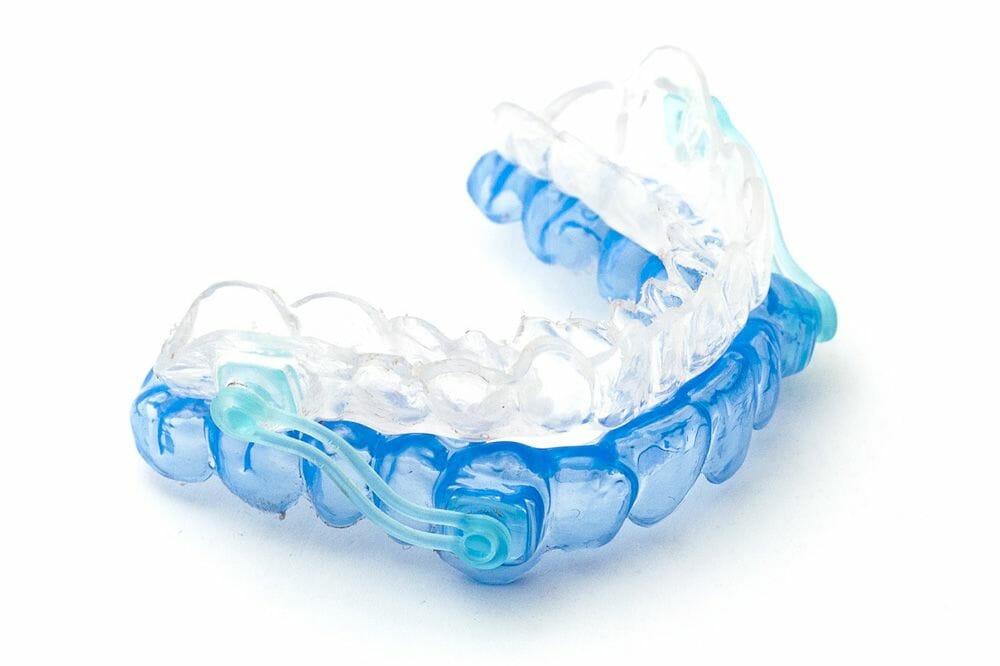Sleep apnea is a common sleep disorder that affects millions of people worldwide. It is characterized by pauses in breathing during sleep, leading to disrupted sleep patterns and potential health complications. While continuous positive airway pressure (CPAP) therapy is the standard treatment for sleep apnea, dental treatments can also be crucial in managing its symptoms. This article will explore how dental treatments can help alleviate sleep apnea symptoms and improve overall sleep quality.
5 Dental Treatments That Help With Sleep Apnea Symptoms
1. Oral Appliance Therapy
Oral appliance therapy is one of the most effective dental treatments for sleep apnea. These custom-made devices, worn during sleep, help maintain an open airway by repositioning the jaw and tongue. Oral appliances are designed to hold the lower jaw forward, preventing it from collapsing backward and blocking the airway. They can also help control tongue position, further preventing airway obstruction. Oral appliance therapy is often recommended for individuals with mild to moderate sleep apnea or as an alternative for those who cannot tolerate CPAP therapy.
2. Mandibular Advancement Devices (MADs)
Mandibular advancement devices (MADs) are a type of oral appliance commonly used to treat sleep apnea. These devices are designed to hold the lower jaw in a forward position, thereby preventing airway collapse. MADs are adjustable and can be customized to fit each individual’s mouth comfortably. They are convenient, non-invasive, and can significantly improve breathing and reduce snoring, leading to better sleep quality.
3. Tongue Retaining Devices (TRDs)
Tongue retaining devices (TRDs) are another oral appliance used in sleep apnea treatment. TRDs work by holding the tongue forward, preventing it from blocking the airway during sleep. These devices are particularly useful for individuals whose sleep apnea is primarily caused by tongue obstruction. TRDs are typically comfortable to wear and can effectively improve airflow and reduce sleep apnea symptoms.
4. Palatal Expansion Techniques
Palatal expansion techniques involve expanding the upper dental arch to increase the width of the palate. This method is primarily used for individuals with narrow upper jaws or a constricted airway. By widening the palate, more space is created in the airway, reducing the likelihood of airway obstruction during sleep. Palatal expansion techniques can be achieved using removable devices, such as palatal expanders or orthodontic appliances, and sometimes through orthodontic treatment.
5. Combination Therapy
In certain cases, a combination of dental treatments and other sleep apnea therapies may be recommended for optimal results. This approach can involve using an oral appliance with CPAP therapy, surgery, or lifestyle modifications. Combination therapy is often tailored to suit each individual’s specific needs and may provide enhanced effectiveness in managing sleep apnea symptoms.
The Bottom Line
Dental treatments play a significant role in managing sleep apnea symptoms and improving overall sleep quality. Oral appliance therapy, including mandibular advancement devices and tongue retaining devices, offers effective alternatives to CPAP therapy for many individuals. Palatal expansion techniques can help alleviate airway constriction caused by a narrow palate. Combining dental treatments with other sleep apnea therapies can provide comprehensive care. If you or a loved one has sleep apnea, consult our experienced Springfield dentist to determine the most appropriate dental treatment options. With the right dental interventions, sleep apnea symptoms can be effectively managed, leading to better sleep and improved overall health and well-being.

